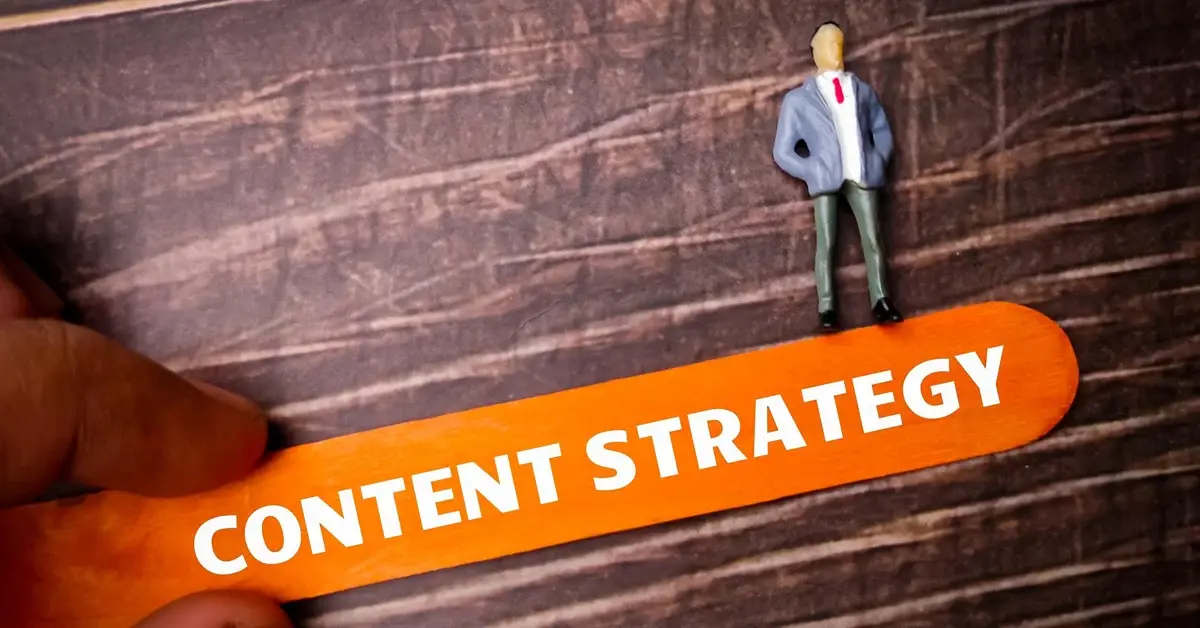-
MarTech Services
- HubSpot
- OneSignal
HubSpot
Technical Consulting
Partner with experts who understand your HubSpot systems and business needs inside out.
Revenue Operations
Drive revenue growth with tailored RevOps strategies designed for HubSpot users.
Hubspot Integration Services
Seamlessly integrate HubSpot with your existing tools to enhance operational efficiency.
Sales Enablement
Boost your sales team’s efficiency with focused HubSpot Sales Enablement solutions.
CRM Data Migration
Effortlessly migrate your CRM data to HubSpot with precision and support.
Hubspot Onboarding
Efficiently onboard clients to HubSpot, ensuring a smooth transition and rapid platform adoption.
HubSpot Administration
Maximize your HubSpot investment with expert management and optimisation tailored for HubSpot clients.
Marketing Assets Development
Develop, deploy, and manage digital assets, ensuring a fresh and engaging presence.
-
Solutions
-
Website Services
Website Development
We bring together expertise, creativity, and measurable results, making us the go-to choice for HubSpot website creation.
Website Migration
Our approach to website migration goes beyond a technical transfer; we prioritize a user-centric experience.
Website Maintenance
Optimize your online presence with effective, growth-driven websites focusing on nurturing website visitors, creating and deploying content, and tracking progress with precision.
Website Audit
Is your website performing at its peak? Our CMS Consultants are here to help you find out with our comprehensive Website Audit service.
-
Resources
-
Company
Clients
We have worked with clients from various industries across the globe, making our journey diverse and exciting.
Team
We put decades of experience where our mouth is. So what you get is market-tested and tried, not theory. We believe in plain speak, which we believe works better than jargon.
Solutions Partner
BlueOshan is not just a partner; we are among the most experienced and adept in the HubSpot ecosystem.
- Contact Us
Does long content work better on web pages than short content?

Venu Gopal Nair
December 26, 2022

This is an ongoing debate that carried over from traditional advertising and continues in the digital realm. There are those who believe that well-written long content has the best chance to convince people. Others believe that the shorter and snappier the content, the better it cuts through.
Perhaps the debate should be about products that are relatively new vs products in mature categories. For products that have been around for a long time, there is little that customers don’t know. Even if the copy is long and goes into glorious descriptions, it is unlikely to sustain interest.
On the other hand, for a breakthrough product category where customers don’t know much, it requires in-depth content that explains what the benefits are to drive interest.
The debate about long vs short form content on websites should be more about how mature the category is and whether customers are looking to be better-informed
Consider, for example, the number of books and articles that have now proliferated on the web around the Metaverse. Or blockchain and cryptocurrency. In these categories, people are looking for more information and easy explanations. They are willing to read and watch to understand the concept better. So long form content will perform better once people arrive at these pages.
What is HubSpot’s recommendation?
HubSpot says that anything between 2100 and 2400 words is the best length for blog posts. Anything shorter than that is not going to rank as well on search. Again, this is a generalisation, a pattern that has been observed by studying a set of posts. There are no hard and fast rules when it comes to gaining attention. For every long form piece of content that generates hundreds of thousands of views, there could be short pieces that attract millions.
The interest rises and dips over time. Some websites get steady traffic from a niche topic that converts well. Trying to go into why that particular topic is getting hits may not reveal anything startling. On the web, there are multiple points from which people enter and exit.
On a landing page and a mobile screen, there is little time to waste, People are searching with specific intent and unless the page satisfies it, they will not linger. Mobile screens have made it even harder to sustain interest.
What people hold in their hands is slightly wider than a newspaper column. They scroll much faster than they read. If they see reams of unbroken text, the way it is laid out in books, they will hit the back button and exit.
Laying out content on a mobile screen is far trickier than on a desktop web page. Responsive design is one solution, but look at the interactive pieces on the New York Times to see how much effort goes into making content work well across screens of all sizes.
HubSpot’s Content Hub offers design flexibility
By using a wide set of blocks, HubSpot offers designers and developers the flexibility to build websites that work in all screen sizes. This is important for a number of reasons. Creating highlights, graphics, and room for the eye to move removes the effort of getting through a wall of text. Being able to break into text clusters across screens enhances the visual experience for users.
There are also lessons to be carried over from print and newspapers. Keep the important information that draws people in right at the top, where it won’t be missed. Then, several layers of drilling down deeply into the content are enabled. The serious reader who is looking to understand is not intimidated. However, a fraction of the visitors will come to the site either on the desktop or the mobile version.
The one thing long content builds over time, gradually, is trust. When the content is rich, well-structured and informative, it builds reputations. The short form is great for emails and landing pages, but when users dig deep, they engage deeply as well.
HubSpot also gives you tips on the strengths of the competition in terms of content. That’s an additional point to analyse because those promises are also helping to build the market. It’s important to know the width of promises that attract customers to a category.
Content development has to take into account each of these pointers. It’s never about putting out text simply by a word count. In fact, the more customer feedback and concerns are addressed when generating content, the more it resonates.
Short vs long attention spans
The feeling has gained ground, with heat maps on websites and the number of distractions that people have, that attention is now fragmented. Indeed, attracting attention is now harder than it ever used to be.
Content development should take into account what the end objectives are for a piece of content and how it is consumed. There are several factors that need to be considered.
But when people find something that holds their interest, it is quite likely that this will work uniformly across a whole range of users the same way. The effort involved is in understanding what your customers respond to by experimenting with topics, short and long-form content and having the option to absorb the information with easy-to-understand graphics. People will navigate naturally to what works best for them.
Another attention magnet is relatability of content. Dry prose that is merely factual is harder to read and understand. Using analogies and reference points from lived experiences tends to get better attention.
Simply following a leader’s footsteps is not the way to go. Mimicking content instead of carving out the brand voice tends to reinforce the leader, which is not a good strategy for the long term.
Talk to our consultants at Blueoshan about building a robust delivery vehicle of content through HubSpot.

Venu Gopal Nair
Advertising and Branding Specialist, CEO - Ideascape Communications, A professional journey through the tumultuous years of advertising and communication, starting in 1984. Started out in the age of print, saw the changes with the entry of satellite TV and the momentous transition to digital. Advertising and branding today is vastly different from its practices in the 20th century and the last two decades have seen dramatic changes with smartphone domination. As a Creative Director turned CEO, making the transition personally and professionally has been a tremendous experience.
Related Articles

January 23, 2023

May 26, 2021


